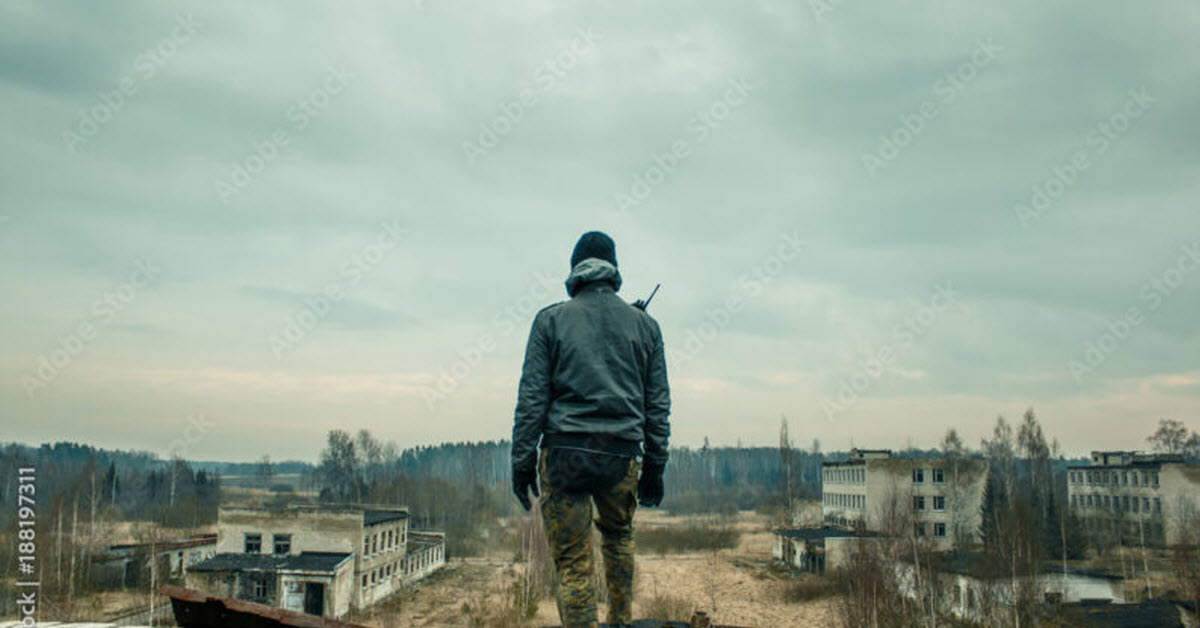It is no secret that it is important to store food and water in case an emergency should take place. Most recommendations call for three days’ worth of basic supplies if such an event should occur. The fact of the matter is, however, three days goes by very quickly and if you are dealing with an extreme emergency, it may be necessary for you to have enough set aside for long-term survival.
The principles behind storing food and water for short-term and for long-term are somewhat the same. You need to find a place to store it, keep the amount of storage space that you have in mind and then organize things so that you have enough and it doesn’t spoil. From that point, things began to change drastically.

Storing food and water for long-term survival would require that you have a proper pantry located in a convenient area. The pantry should be cool, dry and dark but it also needs to be nearby. When you are dealing with long-term survival, it may be necessary for you to protect your survival pantry, so make it easy to do so by keeping it close.
Measure the storage space very carefully and then come up with a plan of what you are going to store and how long it is going to last. Some types of foods can be stored easily and will last for decades. Those foods include rice, wheat, honey, sugar, salt and similar items. They also can be purchased in bulk and stored in bulk containers, provided you rotate your stock before it goes bad.
Water is going to take up the bulk of the space. You may be able to live without food for a long time but you can only live without water for a few days. At a minimum, store 1 gallon of water per person per day. As you can see, stockpiling water for long-term survival can quickly take up your space. That is why you should also focus on setting aside some bleach and water purification tablets for when the water runs out.

Aside from the foods that were mentioned above, you should also focus on dried and canned foods, including fruits, vegetables and meats. You may also want to purchase some prepackaged dehydrated foods that can make ready-to-eat meals on demand. Some storage pantries are full of these items. Others simply use them for convenience.
Don’t forget to store the tools that you will need for cooking and eating. This would include everything from utensils and a cup to a can opener, knives and pots and pans. A portable stove should also be included in the mix.
Once you have everything together, get organized. Label everything so that you know what you have, when you bought it and what it needs to be used so it doesn’t spoil. You then have the makings for a long-term survival storage pantry that will keep you and your family for many months.
